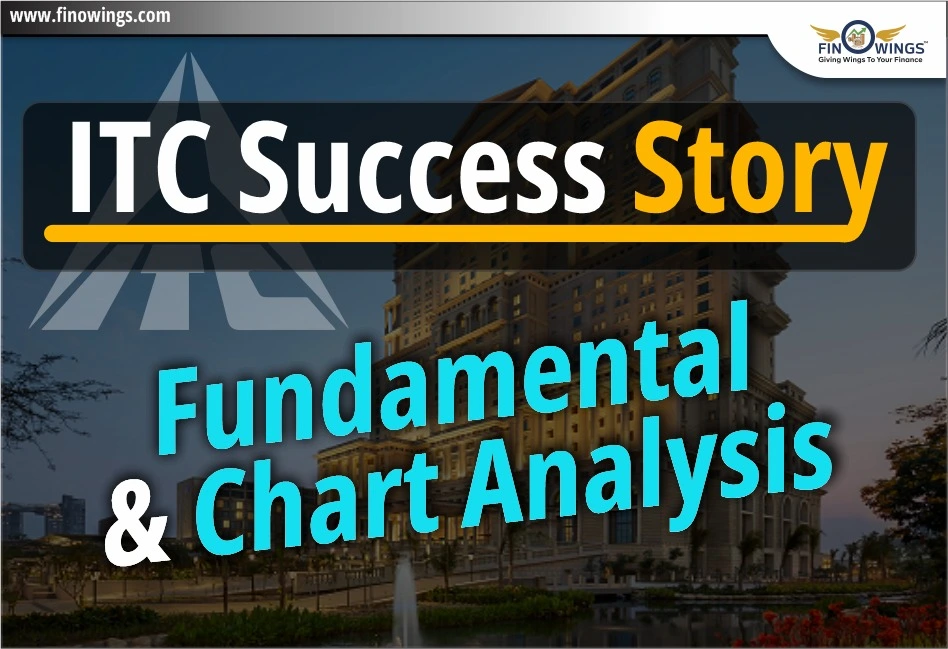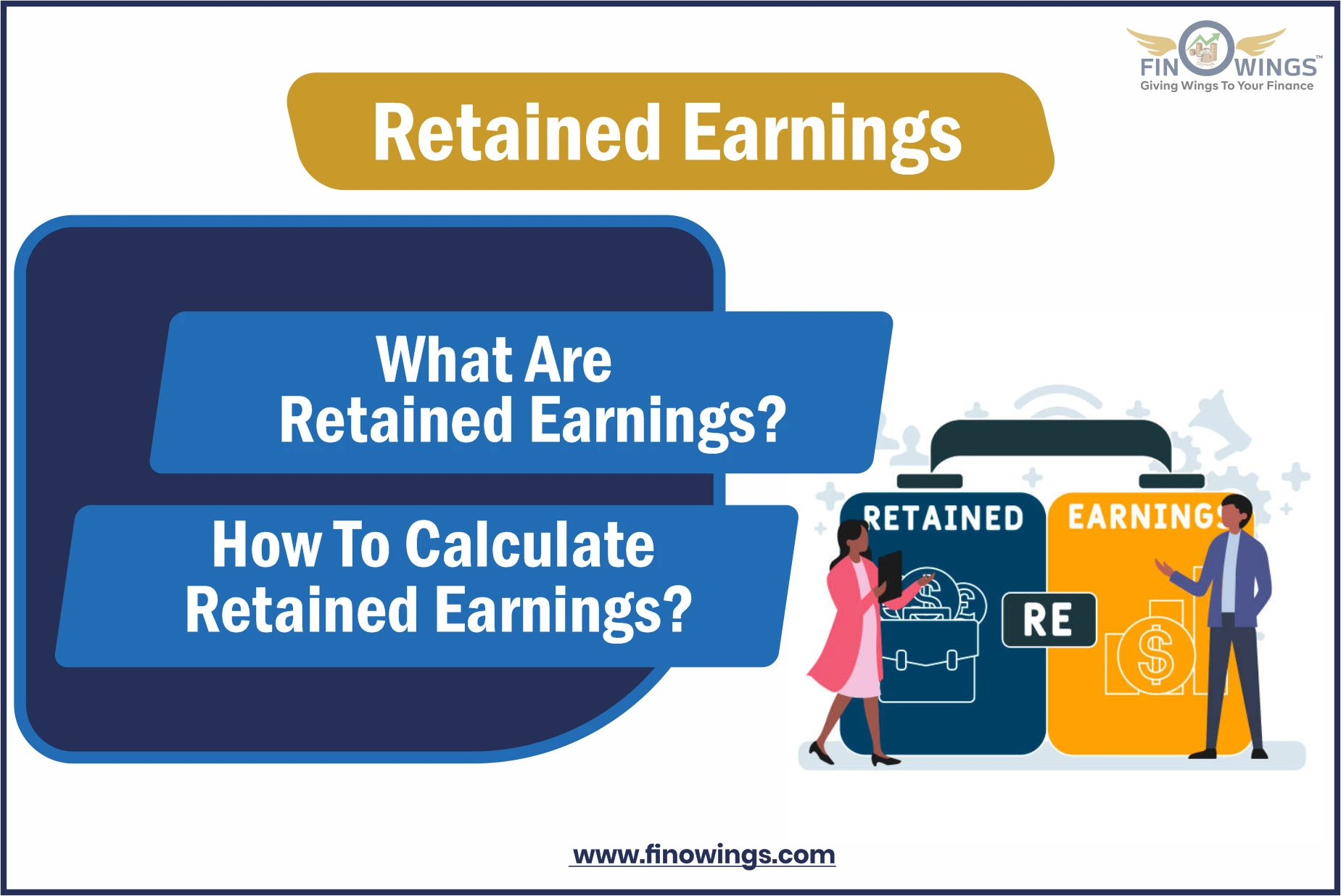Home >> Blog >> EV/EBITDA: Ratio Every Investor Know to Evaluate Any Company
EV/EBITDA: Ratio Every Investor Know to Evaluate Any Company

Table of Contents
What is EV/EBITDA?
A company's Enterprise Value (EV) is measured against its Earnings Before Interest, Taxes, Depreciation, and Amortization (EBITDA). The EV/EBITDA ratio is a popular indicator for assessing several companies' respective worth.
Throughout this manual, we will dissect the EV/EBITDA multiple into its essential parts and show you how to compute it step-by-step.
1. What is Enterprise Value?
Its enterprise value or EV displays a company's complete valuation. As a superior substitute for market capitalization, EVs are used. When additional important factors are added to the market cap worth to determine the Enterprise Value, it is thought to be superior to that value. For example, debt, preferred interest, minority interest, and net cash and cash equivalents are other factors considered when calculating the EV. Therefore, the debt, minority interest, and preferred interest values are also included in the determined market cap value. The Enterprise Value is then estimated by deducting the overall Cash and Cash Equivalents from the value obtained (EV).
Thus, we can formulate the following basic formula to get the EV:
First, EV is calculated as Market Cap plus Debt plus Minority Interest plus Preference Shares minus Cash and Cash Equivalents.
The computed enterprise value can theoretically be viewed as the cost or value at which an investor purchases a company. In this circumstance, the purchaser will also be held accountable for the firm's debt. In other terms, it is claimed that he will also take the specific sum.
The Enterprise Value is more beneficial for representing organizational value because debt is included. However, the debt must be taken care of regarding any takeover scenario.
For instance, buying a company with a market value of $10 million and no debt will be more beneficial than buying a company with the same market cap but $5 million in debt. This is because, in addition to the debt, additional significant particular factors are considered in the enterprise value computations to accurately determine the company's value.
2. EBITDA Explanation
The financial performance of an organization is measured by EBITDA, or earnings before interest, taxes, depreciation, and amortization. This allows us to assess a company's capacity regarding the prospective profits generated by its activities.
The EBITDA formula can be expressed simply as follows:
Operating Profit + Amortization + Depreciation = EBITDA
In this case, the operating profit equals the sum of the net profit, interest, and taxes. In calculating EBITDA, the expense for depreciation and amortization is crucial. Therefore, these two terms are briefly defined here to help you fully comprehend the term "EBITDA":
-
Depreciation. It is a method used in accounting to spread out a tangible item's cost over its useful life. Companies amortize long-term assets for tax and accounting reasons. Companies can write off the price of the tangible assets they acquire for tax reasons. However, companies must depreciate these assets in accordance with IRS regulations about when and how the deduction may be taken.
-
Amortization. It is the procedure of repaying debt over a predetermined time frame using a predetermined repayment plan and regular instalments. Regarding accounting and tax reasons, it also relates to the distribution of capital expenses for intangible assets over a specific time frame. Mortgages and auto loans are two typical instances of this.
EBITDA is net income plus additional interest additions, taxes, depreciation, and amortization. As EBITDA removes the impacts of financing and accounting choices, it may be used to examine and evaluate the profitability of various businesses and industries. EBITDA is frequently used in valuation ratios compared to business value and revenue.
3. What is the EV/EBITDA Multiple Used For?
The EV/EBITDA ratio is applied to evaluate a company's overall value to the amount of EBITDA it generates annually. This ratio informs investors of the multiples of EBITDA they would have to spend to purchase the entire company.
The most typical applications of EV/EBITDA are:
-
To ascertain the multiple at which a company is now traded (I.e., 8x)
-
To compare the estimated value of several businesses (i.e., 6x, 7.5x, 8, and 5.5x across a group)
-
To determine the terminal value in a DCF model with discounted cash flows
-
During discussions to purchase a private company (i.e., the acquirer offers 4x EBITDA)
-
In an equity research study, the target value for a firm is determined.
4. How to Learn to Calculate EV/EBITDA
Performing is the greatest method of understanding. Use these steps to determine the Enterprise Value to EBITDA ratios for a group of companies on your own.
10 stages to value a firm by calculating EV/EBITDA:
-
Choose an industry (Using the beverage business as an illustration)
-
Select 5–10 businesses that you feel are sufficiently comparable to compare.
-
Do your analysis on each business, then eliminate any that are too distinct from one another to be compared (for example, they are too big or tiny, have a different product mix, have a distinct regional concentration, etcetera.).
-
For every business, compile historical financial data going back three years (i.e., revenue, gross profit, EBITDA, and EPS)
-
Obtain current market information for every business (i.e., the share price, the number of outstanding shares, and the net debt)
-
Calculate each company's current EV (market capitalization plus net debt, for example)
-
For each of the previous years' worth of financial information, you collected, divide EV by EBITDA.
-
Comparison of the firms' EV/EBITDA multiples
-
Find the reasons behind the firm's discounted or premium EV/EBITDA ratios.
-
Decide what EV/EBITDA multiple suits the business you are attempting to value.
5. Benefits and Drawbacks of EV/EBITDA
The use of this ratio has a lot of benefits and drawbacks. As with most things, the particular circumstance will determine whether or not it is regarded as a "good" statistic.
5.1 Benefits include:
Simple to calculate using widely available information.
widely employed and cited in the financial sector
works well for evaluating established, mature companies with little capital outlay
and enables comparing the relative values of several enterprises
5.2 Drawbacks include:
-
Possibly not a reliable proxy for cash flow
-
not accounting for capital expenditures
-
It's challenging to compensate for various growth rates
-
Reported "premiums" and "discounts" are difficult to explain (mostly subjective)
6. Importance of EV/EBITDA
A corporation's EV/EBITDA ratio is used in various financial models.
-
Assessing businesses operating in the same sector. An effective technique for comparing businesses in the same sector is the EV/EBITDA ratio. This kind of valuation multiple is most frequently used in capital-intensive industries. The EV/EBITDA ratio is a benchmark used in the steel, concrete, oil and gas, energy, and automotive industries to assess a firm's fair market worth.
-
Determining the ideal stock price. A company's average EV/EBITDA ratio over a predetermined period is examined by investors to establish a target price for stock acquisitions. An easy spreadsheet can be used to perform this computation. One firm's EV/EBITDA ratio is frequently evaluated to that of others in the same marketplace to determine the fair share price.
-
Value estimation without taking capital base into account. Since interest, depreciation, and amortization are not considered when calculating EV/EBITDA, it is impossible to decide how much of a company's capital structure is related to loans, capital expenditures, and tax liabilities. As a result, it is a capital structure-neutral metric.
7. Limitations of EV/EBITDA
The EV/EBITDA ratio is a solid ratio that excels over other conventional approaches that are comparable to it. However, it has some disadvantages that must be understood before utilizing this metric to ensure you are less affected by them. The biggest disadvantage is that EBITDA is included in the ratio. The following are some disadvantages of EBITDA:
-
EBITDA is a non-GAAP metric that gives more latitude over what should and should not be included in the calculation. It also suggests that companies typically change the factors they consider when calculating their EBITDA from one reporting period to the next.
-
Leveraged buyouts in the 1980s led to the initial widespread adoption of EBITDA. It had been used at the time to denote a company's capacity for debt repayment. Industries with expensive assets that needed to be written down over extended periods saw a rise in their use. Even though it is unsecured, EBITDA is frequently stated by many companies, notably in the tech industry.
-
EBITDA is sometimes misunderstood to be a cash earnings indicator. EBITDA is a clever tool to assess profitability; however, it does not reflect cash flow. Additionally, EBITDA excludes funds that can be crucial for financing working capital and replacing outdated equipment. As a result, EBITDA is frequently utilized as an accounting ruse to disguise a company's profits. Investors must consider additional performance indicators besides this metric to ensure the company is not hiding something from the EBITDA value.
Conclusion
An important and popular indicator for assessing a company's total value is the EV/EBITDA ratio. This metric is recommended over older metrics like the PE ratio since it has effectively addressed the issues when utilizing them.
Additionally, this ratio's capital-structure neutrality allows for comparisons between firms with varying debt levels, which was not conceivable with earlier ratios.
Frequently Asked Questions
The organization's valuation to earnings before interest, taxes, depreciation, and amortization ratio (EV/EBITDA) evaluates a company's valuation, including its debt, against its income minus non-cash expenses.
A high EV/EBITDA multiple suggests that the organization may be overpriced, whilst a low EV/EBITDA multiple suggests the opposite. In practice, an organization may be more appealing as a possible investment the lower the EV-to-EBITDA ratio.
Investors benefit from a greater EBIT/EV multiple since it shows a company has less debt and more cash on hand. Investors can evaluate earnings yields between businesses with various amounts of debt and tax rates, between other variables, by using the EBIT/EV multiple.

















